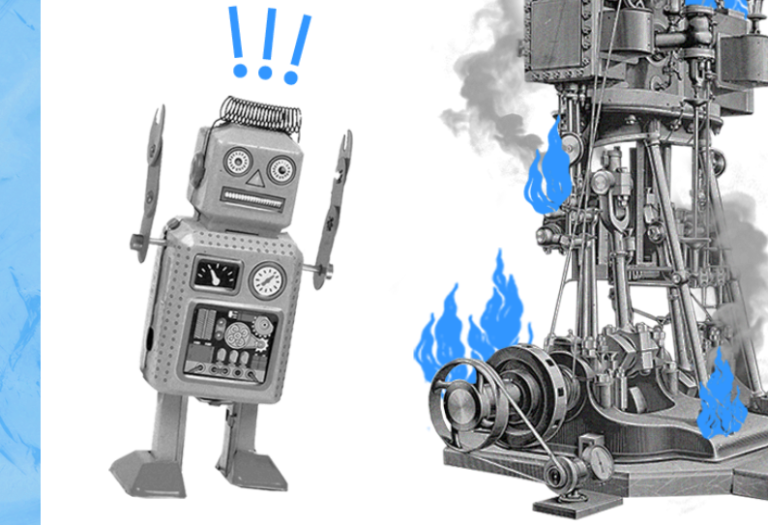Consensus is killing the difficult conversations
Consensus is killing the difficult conversations
In many cultures around the world we’re taught to be nice to people, to be a team player, and to show respect for elders and hierarchies. All nice things when considered in general, but potentially problematic in specific real-life situations.
On top of the ideas from family and society, we’re influenced by ideas about the ideal power of collective intelligence, teamwork, and community, that oftentimes don’t explain what happens when someone is against the group or the status quo.
These influences can make us believe that achieving consensus in any group is the right way to go to generate buy-in and engagement. Nevertheless, research and first-hand experience show that we need to dig down into these general ideas in order to build the mental models and group structures that allow for more productive collaboration.
According to research, the main factor generating poor decision making is the lack of divergent thinking.
The Problems With Consensus
In a team, it works well when we use it to agree on what to order for lunch, but fails miserably when trying to decide on new business model experiments.
Another potential problem to keep in mind, is that consensus gives the minority too much power, which may result in “tyranny of the minority”, therefore bringing progress to a halt and significantly eroding relationships.
Consensus can create unspoken disagreement. We all know the feeling, when the boss makes a proposal that isn’t truly a proposal but more of an announcement. Everyone around the table agrees and you’re left with a bitter feeling because no one raised their voice, or even worse, they did but they were shut down. This type of situation makes people feel like they’re not valued, which in time turns into disengagement.
In time, consensus might end up creating a culture where people can’t speak up. Then, one day, you realize that it’s really hard to get people to participate, propose new ideas, and embrace teamwork, but you can’t really understand why they they’re behaving like that. From here on, your culture enters into zombie automatic-pilot mode.
Enter Groupthink. It’s the name of a theory developed by Irving Janis (1972) to describe faulty decision making that occurs in groups as a result of forces that bring a group together (group cohesion).

Sounds counterintuitive, right? Shouldn’t more cohesion create more capacity for creation? It happens that once we’ve reached this dynamic, beliefs go unquestioned, introverted team members self-censor, people succumb to social pressure, and everything snowballs into a culture where we cannot be fulfilled, nor achieve mastery.
In our monthly report about Difficult Conversations we talk about the 8 symptoms of groupthink. We invite you to check it out to learn how to avoid it or turn it around. No one should be co-opted by social dynamics that limit someone’s potential.
How To Foster Powerful Conversations
We have learned that the key to high-performance teams is to have psychological safety, the belief that one will not be punished or humiliated for speaking up with ideas, questions, concerns or mistakes.
One big first step is to change the definition of consensus to one where people don’t need to agree with the conclusion, but they agree to support the group’s decision as if it were their own.
At Fuckup we use “agree to disagree” as a code phrase. “Agreeing to disagree” refers to the resolution of a conflict where everyone tolerates the opposing stance, although they do not agree with it. It occurs when team members involved recognize that further discussion is ineffective or undesirable. Members remain amicable while continuing to disagree, but they all agree on supporting the initiative.
Enjoyed this content?
Recent Posts
Archivos
- July 2025 (2)
- June 2025 (8)
- May 2025 (6)
- April 2025 (2)
- March 2025 (7)
- August 2021 (1)
- June 2021 (1)
- March 2021 (1)
- February 2021 (1)
- December 2020 (1)
- November 2020 (1)
- October 2020 (1)
- September 2020 (1)
- August 2020 (1)
- July 2020 (3)
- June 2020 (3)
- May 2020 (3)
- April 2020 (9)
- December 2019 (3)
- February 2019 (1)



